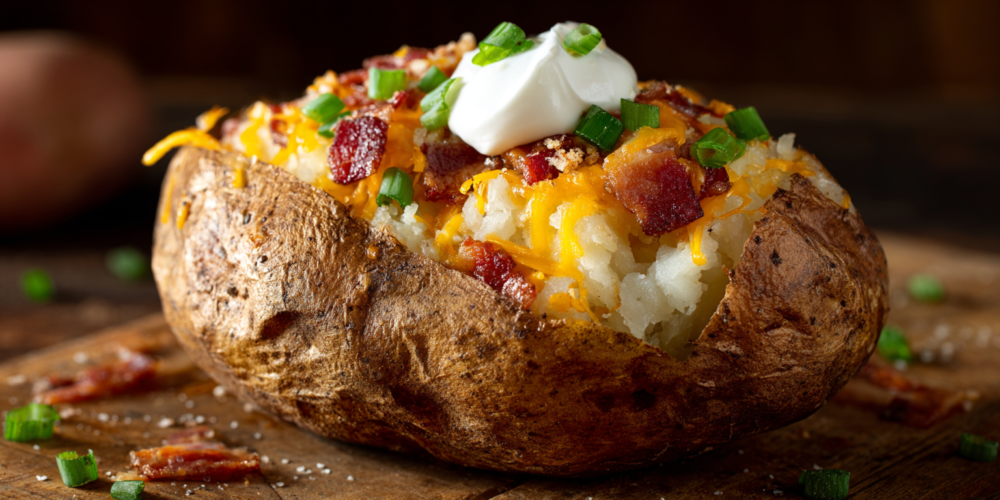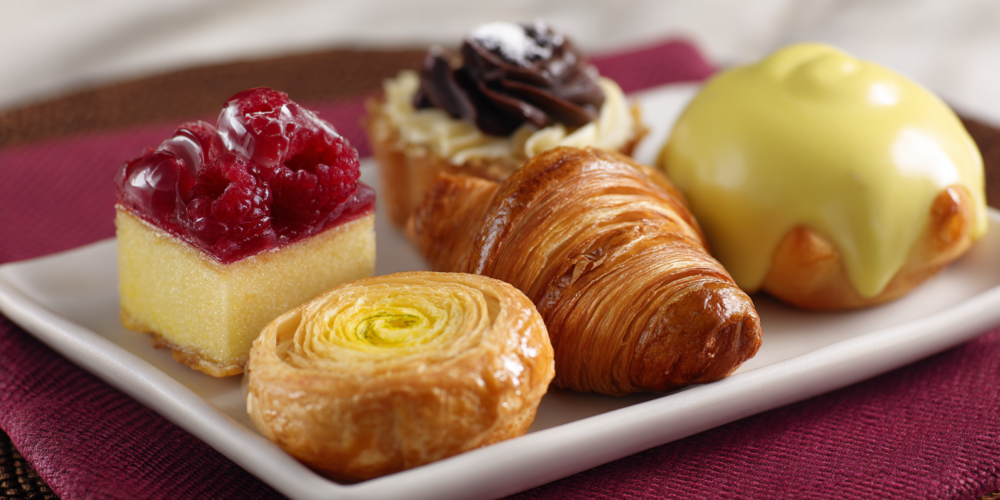
Ever feel like your blood sugar is on a wild ride after eating? You’re not alone. Many of us worry about how our favorite carb-rich foods might be affecting our health. The good news is, you don’t have to give up bread, rice, or potatoes to keep your blood sugar steady. There are smart ways to enjoy these foods without sending your levels through the roof.
Blood sugar spikes happen when your blood sugar goes up to 180 mg/dL or higher after a meal. While common for people with diabetes or pre-diabetes, even those without these conditions can experience them, especially as they get older or if they carry extra weight. Keeping blood sugar in a healthy range, ideally between 70 and 140 mg/dL, is important for long-term well-being. The good news? You can prevent these spikes in most cases, often without cutting back on your favorite carbs.
I’m 51, and I know I have a family history that puts me at risk for things like obesity and type 2 diabetes. But my average blood sugar is pretty good, usually staying between 80 and 120 mg/dL. How do I do it? I eat plenty of bread, rice, potatoes, and fruit. The trick isn’t to avoid carbs, but to pay attention to a few key things. Here are six simple strategies that help me keep my blood sugar in check. (Based on the expertise of Mario Kratz, PhD)
6. Minimize Foods With a High Glycemic Index

Think of the glycemic index (GI) as a way to measure how much a food makes your blood sugar go up. Foods with a high GI, like white rice, corn flakes, white bread, or soda, can make your blood sugar jump almost as much as eating pure sugar. If your meals are mostly high-GI foods, your blood sugar might look like a roller coaster all day.
A good first step is to try to stay away from foods with a GI over 60. For example, swapping out corn flakes for steel-cut oats, using sourdough rye bread instead of white bread, or choosing a sweet potato over white rice can lower your blood sugar levels by a good amount, even if you eat the same amount of carbs overall. I’m not super strict about this, but when I do eat a high-GI food, I make sure to use one of the other strategies we’ll talk about to help balance things out.
5. Eat Starchy Foods After Retrogradation

This sounds like a fancy science term, but it’s actually pretty simple. When you cook starchy foods like potatoes or rice and eat them right away, most of the starch quickly turns into sugar in your body. That’s why they can make your blood sugar go up fast.
But here’s the cool part: if you cook these foods and then cool them down, especially overnight in the fridge, some of the starch changes. It becomes what we call resistant starch. This type of starch is harder for your body to break down. It acts more like fiber, staying in your gut and feeding good bacteria instead of turning into sugar that quickly enters your bloodstream. This means foods that have been cooked and then cooled can raise your blood sugar much less – sometimes 20% to 40% less!
It’s easy to use this trick. When I cook potatoes, I often make extra and keep them in the fridge. The next day, I can use them for potato salad or hash browns. Same with rice; it’s great for stir-fries the next day. Give it a try!
4. Don’t Eat “Naked” Carbs

What are ‘naked’ carbs? These are carbs eaten by themselves, without much protein, fat, or fiber. Think of corn flakes with just milk, instant oatmeal, or white bread with jam. Sure, they might have a tiny bit of protein or fat, but mostly, it’s just easily digested starch or sugar.
Science shows that adding protein to a carb-rich meal can really help lower your blood sugar response. Adding some fat or fiber, like from vegetables, helps too. So, if you’re eating a meal with a lot of carbs – like rice, bread, or pasta – try to add a good source of protein. Meat, fish, eggs, Greek yogurt, beans, lentils, or tofu are all good choices. Some of these also have fat, but you can also add nuts, seeds, avocado, olives, or a little olive oil.
It’s also a good idea to always pair high-GI foods with a decent serving of non-starchy vegetables. Things like onions, leafy greens (spinach, chard), broccoli, cabbage, or Brussels sprouts are great. Your blood sugar will go up less if you eat the protein, fat, and fiber-rich veggies along with your carbs.
You might have heard that eating protein, fat, and fiber first, and then the carbs, helps even more. While that’s true, I find it’s not always practical. The main thing is to eat them all together. For example, if you love white toast with jam for breakfast, instead of just that, add a couple of boiled or scrambled eggs. Or, switch to whole-grain sourdough rye bread with peanut butter or cheese, maybe with an egg or two. You could easily cut your blood sugar response in half with these simple changes.
Let me show you an example from my own meals. One time, I had bread, ham, and cheese for dinner. Even with some protein and fat from the ham and cheese, my blood sugar went up quite a bit, to about 170 mg/dL. But another time, I ate the same amount of bread, ham, and cheese, but I also added two boiled eggs. My blood sugar barely went up at all!
Another example: we had a traditional German meal of mashed potatoes, sauerkraut, and smoked pork. Mashed potatoes usually have a high GI, but in this meal, with a good amount of protein, some fat, and a big serving of sauerkraut (a non-starchy veggie), my blood sugar stayed pretty low, peaking around 120 mg/dL. So, the main message is: don’t eat naked carbs. Especially if a food usually has a glycemic load of 10 or more, try to serve it with some protein, fat, and a big serving of non-starchy vegetables.
3. Add Some Vinegar

Lots of research shows that having vinegar with or before a carb-heavy meal can significantly lower your blood sugar response. Most studies use about two tablespoons of vinegar diluted in water a few minutes before the meal. Now, I’m not saying you should drink straight vinegar! It’s a strong acid and could be bad for your teeth or mouth over time.
Instead, do what many cultures do: have a small salad with vinaigrette dressing before or with your meal. Or, have some pickles with your sandwich. Make it something you enjoy, and it’ll be easier to make it a regular habit. Plus, you’ll get extra benefits from the salad or pickled veggies. While apple cider vinegar is popular, any vinegar will likely work. It probably doesn’t matter much if you have it right before or with the meal.
Here’s an example from my own experience. I had leftover mashed potatoes with caramelized onions and sauerkraut for lunch. Since I didn’t have the pork from the night before, I had a small salad with vinaigrette before eating. My blood sugar response was very small, going up less than 20 mg/dL. This was likely due to a few things: the vinegar from the salad, the sauerkraut in the meal, and the mashed potatoes had been cooled overnight, turning some starch into resistant starch (remember strategy number two!).

